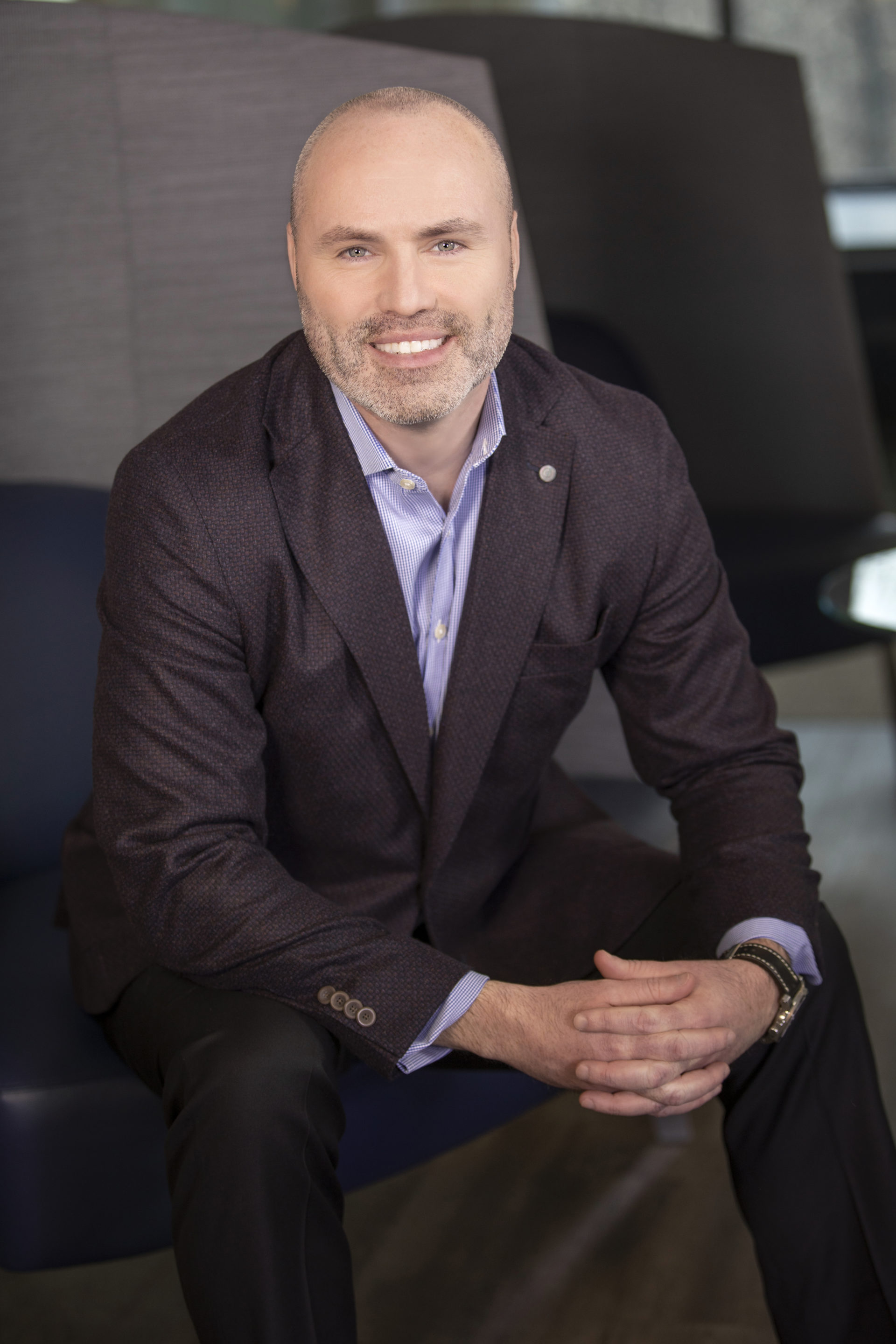In the wake of the COVID-19 pandemic, major corporations are grappling with the monumental task of convincing their employees to return to office spaces, many of which are situated in dense urban environments. Meanwhile, an emerging trend of declining demand for city rental properties is proving to be a persistent challenge, transforming the landscape of the commercial real estate market and forcing us to rethink the future of our cities.[1]
The Slow Crawl Back to the Office
The mass migration to remote work during the pandemic has irrevocably altered the dynamic of traditional office work. As we edge further into the post-pandemic era, experts are predicting a slow return to the office that could span several years. Indeed, the concept of in-office work culture is likely to undergo a significant paradigm shift. The convenience and flexibility of remote work have, in many instances, led to increased productivity and employee satisfaction. These benefits may render the traditional 9-to-5 in a physical office space obsolete for many sectors, compelling companies to adopt hybrid or fully remote work models.
Commercial Real Estate: A Market Under Pressure
The reduced demand for physical office spaces continues to exert significant pressure on the commercial real estate sector, amplifying the threats of a market correction that has been looming since 2009. As more companies opt for smaller office spaces or forego them altogether, commercial landlords are faced with the daunting task of repurposing or reinventing their properties to remain viable. However, disruption often breeds innovation. While the commercial real estate market navigates these choppy waters, there are evolving trends that signal potential opportunities.[2]
From Offices to Wellness Hubs: An Urban Renaissance
One of these trends is the growing interest among the aging workforce and retirees in the U.S. to reside in redeveloped urban properties that emphasize wellness, lifelong learning, sustainability, and regenerative living. This group, seeking quality of life in their later years, represents a vast and largely untapped market. With the right planning and investments, commercial properties could be transformed into holistic, multi-purpose hubs. These spaces can encompass residential areas, coworking spaces, fitness centers, lifelong learning facilities, urban farms, and more. They can be designed with a focus on wellness, integrating natural light, indoor greenery, and air quality controls. They can also embrace sustainability through energy-efficient appliances, solar power, rainwater harvesting systems, and composting facilities. The concept of regenerative living, where inhabitants actively contribute to their environment’s health, can also play a key role in these redeveloped spaces. Communities can be encouraged to participate in recycling initiatives, local food production, and communal maintenance of green spaces, fostering a sense of ownership and belonging among residents.[3]
The Future of Urban Spaces
Though the shift away from traditional office work presents significant challenges for the commercial real estate sector, it also opens the door to a new kind of urban development. By embracing the shift towards wellness, continued education, sustainability, and regenerative living, urban commercial properties can secure a new lease on life, catering to an increasingly significant demographic while playing a key role in building more resilient, sustainable, and vibrant cities. In this light, the apparent crisis in commercial real estate may be viewed not as an end, but as a transformation – a move towards a more holistic and sustainable model of urban living. As the post-pandemic world continues to unfold, we must adapt and innovate, leveraging these trends to redefine the future of our urban spaces.
Navigating the Transition
To fully harness this burgeoning potential, property owners, investors, and policymakers will need to work in harmony. A robust, cross-sector collaboration will be key in charting a path for the successful transformation of our urban spaces. Key considerations would involve the recalibration of zoning laws to accommodate mixed-use developments, the restructuring of tax incentives to support redevelopment projects, and the fostering of public-private partnerships to leverage resources and expertise. Furthermore, the tech industry can play a pivotal role by providing digital platforms for lifelong learning, developing smart technologies to enhance sustainability, and designing innovative solutions for community engagement within these redeveloped spaces. The synergy between real estate and technology will enable these transformed properties to offer a wide range of amenities and services, thereby enhancing the attractiveness of urban living for the aging population.
Opportunities for Real Estate Developers
This transition also provides an exciting avenue for real estate developers to redefine their roles and expand their services. By embracing the concepts of wellness, lifelong learning, and sustainability, they can transform properties into dynamic, multi-faceted communities that align with the changing demands of a diverse tenant base. This, in turn, could enhance property values and ensure a more stable income stream, reducing the volatility traditionally associated with the commercial real estate sector.
The Role of the Aging Workforce and Retirees
The aging workforce and retirees, as the primary beneficiaries of these transformative urban spaces, will play a vital role in shaping this urban renaissance. Their insights, experiences, and preferences will be central in designing spaces that meet their needs and aspirations. These groups can drive the demand for these multi-purpose spaces, motivating developers and investors to steer the industry in this innovative direction.
Looking Ahead
In the face of market shifts and disruptions, it becomes apparent that the key to resilience is adaptability. While the post-pandemic world presents considerable challenges to the commercial real estate sector, it also brings forth significant opportunities to reimagine and reshape our urban spaces. The declining demand for city rental properties and the slow return to office work is undoubtedly causing ripples across the real estate market. However, by refocusing on holistic, community-centered developments that prioritize wellness, lifelong learning, sustainability, and regenerative living, we can turn this disruption into a catalyst for a brighter, more sustainable urban future. The post-pandemic era could thus mark not the downfall, but the rebirth of urban commercial real estate. It invites us to reimagine our cities as vibrant, inclusive spaces that cater to the needs of all residents. Through innovative thinking and collaborative efforts, we can seize this moment to create a more resilient, sustainable, and humane urban environment, ready to meet the challenges of the 21st century.
Sources:
- The New York Times. “What Is Happening in the Housing Market?” nytimes.com 26 June, 2023, https://www.nytimes.com/2023/06/26/business/economy/housing-market-construction-cost.html.
- Bloomberg. “The World’s Empty Office Buildings Have Become a Debt Time Bomb.” bloomberg.com, 23 June, 2023, https://www.bloomberg.com/news/articles/2023-06-23/commercial-real-estate-reset-is-causing-distress-from-san-francisco-to-hong-kong?srnd=businessweek-v2#xj4y7vzkg.
- PR Newswire. “Wellness real estate market size is to grow by USD 575.9 billion from 2022 to 2027; increasing demand for regenerative living to be an emerging trend.” prnewswire.com, 26 June, 2023, https://www.prnewswire.com/news-releases/wellness-real-estate-market-size-is-to-grow-by-usd-575-9-billion-from-2022-to-2027-increasing-demand-for-regenerative-living-to-be-an-emerging-trend—technavio-301862675.html



